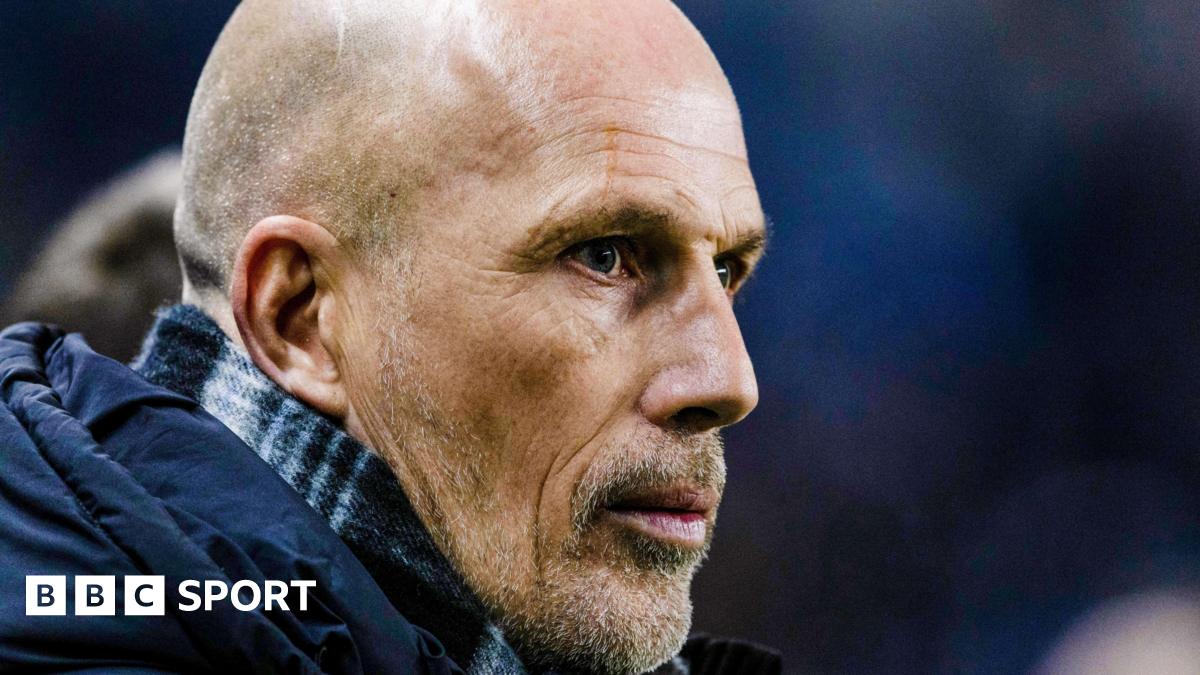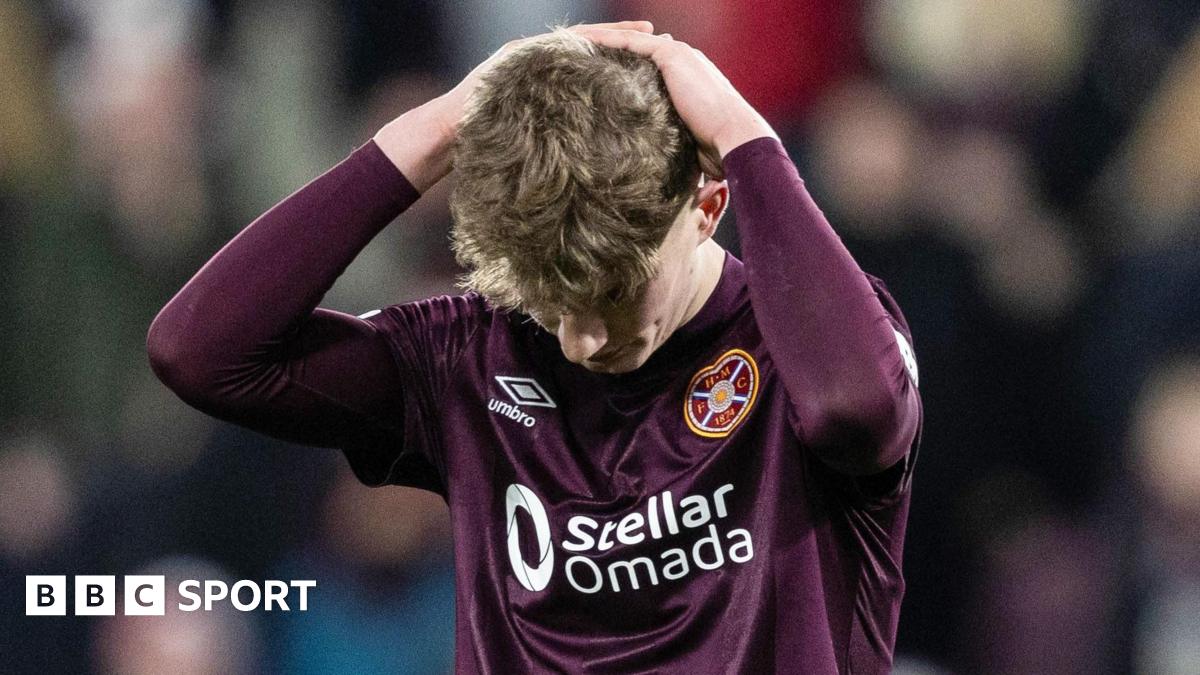Gambling
Rishi Sunak’s protection officer being investigated for bet on election date

What is the two-child limit?published at 21:32 British Summer Time 19 June
 Douglas Fraser
Douglas Fraser
Business & economy editor, BBC Scotland
The “two-child limit” has become a totem of this election
campaign, seven years and two Westminster elections after it was introduced.
There are other measures that could have gained that
profile, including the household cap on benefits, or plans to toughen “fit-to-work” tests on disability.
But rivals to Conservatives and Labour have chosen to
highlight the two-child limit, with the SNP, Lib Dems and Greens arguing it
should be removed. Labour has said it would like to remove it, but only when “fiscal conditions” allow.
Introduced from 2017, it means Universal Credit payment or
Child Tax Credit of, typically, £3455 for each first and second child, but
nothing for any further children born after 5 April 2017. Child Benefit
continues to cover all children, but is clawed back from higher earners.
The Institute for Fiscal Studies estimates the two-child
limit currently affects 550,000 UK households with nearly two million children,
and that will rise to 690,000 households and 2.6 million children by the end of the new
Parliament.
Half are single parent homes, and more than half have a
working adult. The impact is on the poorest households, and felt
disproportionately by parents from ethnic minorities who tend to have larger
families.
The cost of removing the two-child limit, or the saving to
the Treasury from having introduced it, is this year £2.1bn, rising to
£3.4bn after five years.









